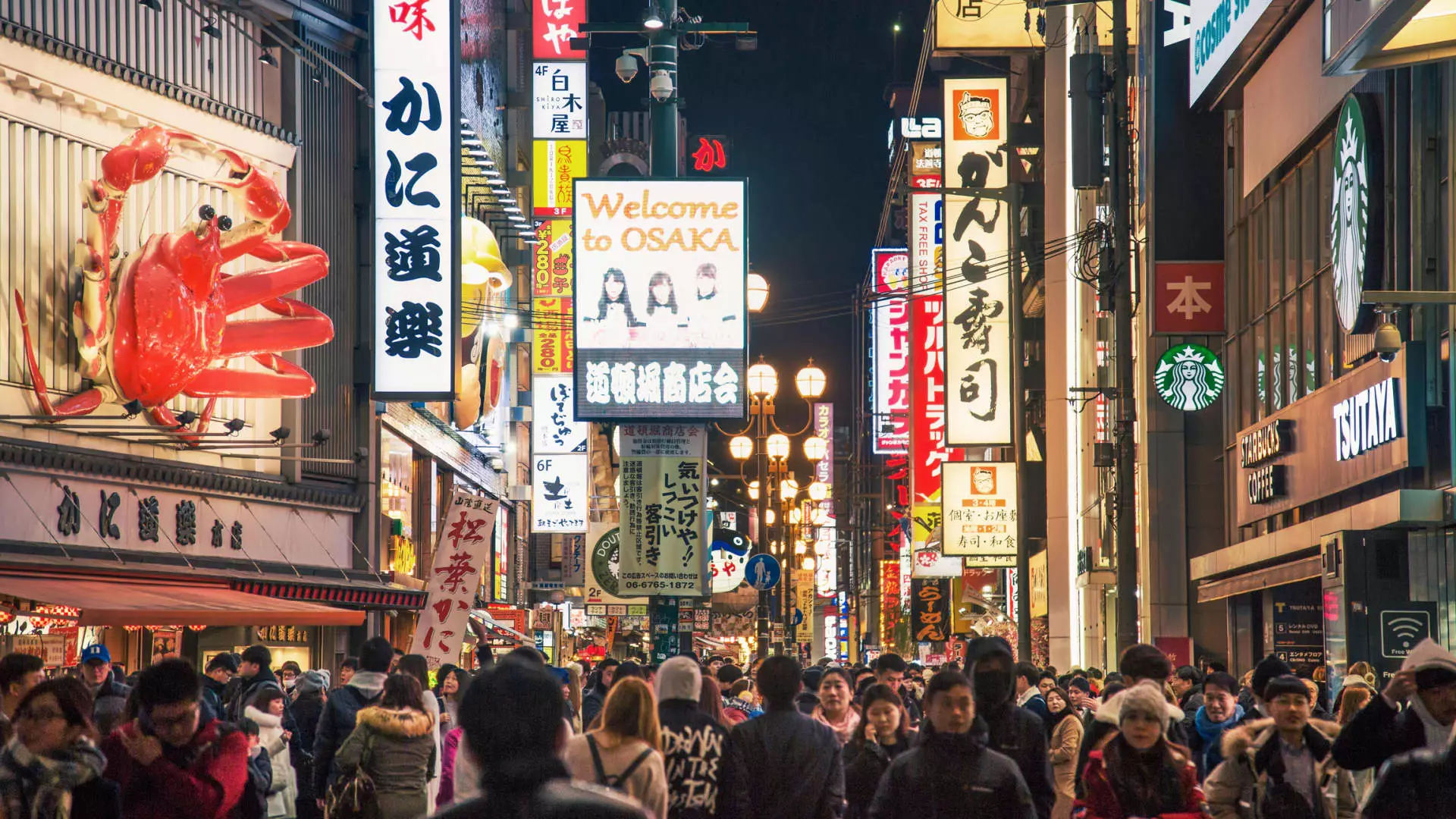As the new year dawns, a wave of travel enthusiasm is sweeping across the United States. With ambitious vacation plans on the horizon for 2025, a key concern for travelers remains: How will costs influence their travel choices? Recent data from Skyscanner reveals that a striking 51% of Americans rank flight prices as a pivotal consideration in their travel decisions this year, closely followed by hotel costs, which factor significantly into the plans for 50% of respondents. This scrutiny of travel expenses comes on the heels of increasing airline and hotel prices, with a notable 8% increase in airfare and a 2% rise in lodging costs reported in December.
Despite the rising costs, there are opportunities for travelers to score fantastic deals. Experts suggest that the Asia-Pacific region is emerging as a particularly attractive option for travelers looking to maximize their travel budgets in 2025. A comprehensive analysis from Kayak indicates that international airfare has decreased by approximately 4% compared to last year, intensifying interest in overseas destinations. Notably, two-thirds of flight searches for the upcoming year are focused exclusively on international travel, reflecting a palpable shift in traveler preferences.
Contrastingly, travelers within the U.S. face a different reality, with domestic airfares projected to rise by 3% when compared to 2024. This trend underlines the increasing expense of domestic flights, which have seen a 12% surge in prices for January compared to the previous year. Hayley Berg, Hopper’s lead economist, elaborates on this situation, explaining that 2024’s low airfare was an anomaly driven by an influx of seat inventory by airlines. “Overall, it’s going to be a more expensive year than last year,” she asserts, reinforcing that 2025’s domestic travel landscape will not favor budget-conscious travelers.
While international trips can be pricier on a per-trip basis, they might prove to be more economical in certain regions. For instance, January fare data reveals an average round-trip flight from the U.S. costs about $300 — a stark contrast to flights to South America averaging $685, Europe at $750, and Asia at approximately $1,100. However, Kayak’s findings show that specific journeys to Asia are actually cheaper now than they’ve been in three years, putting this continent in the limelight for budget-savvy travelers.
Japan, a hotspot of interest, particularly cities like Sapporo and Osaka, has experienced a surge in searches — up 31% year-over-year — yet the fares to these destinations have decreased significantly by around 19% and 14%, respectively. With Tokyo emerging as the most sought-after international destination for 2025, it’s clear that Asia offers not only captivating cultures and experiences but also tangible financial benefits for those traveling from the U.S.
In addition to airfares, hotel prices are also fluctuating. While average lodging rates around the globe remain comparable to those seen throughout 2024, the forecast for Asia-Pacific shows an expected decrease of 11% for hotel room rates in the first half of 2025. This presents a golden opportunity for inspired travelers seeking to explore these vibrant locales without breaking the bank.
Yet, with popular destinations such as Tokyo and Paris continuing to have robust demand, prices remain sensitive to market fluctuations. As Melanie Fish from Expedia Group notes, pricing can be more favorable in less-crowded, emerging destinations or during off-peak seasons. Thus, travelers must strategize effectively when it comes to timing and location to find the best possible deals.
For travelers eager to stretch their budgets in 2025, flexibility is paramount. Experts advise that adjusting travel schedules to mid-week flights, opting for off-peak seasons, and exploring alternative travel routes can yield significant savings. For instance, midweek flights tend to be cheaper, and by rearranging hotel stays to occur during less busy times, travelers can reduce their costs markedly.
Booking in advance is another essential strategy; domestic flights are often most economical when secured one to three months prior, while international trips benefit from booking two to eight months in advance. Conversely, travelers might find last-minute hotel deals in certain areas, creating a need for agility and awareness in planning.
While the travel landscape for 2025 appears to be marked by rising costs, informed travelers who leverage flexibility, strategic planning, and current data can navigate this terrain successfully. As travelers assess their options, keeping an eye on international destinations, especially in Asia and the Caribbean, may lead to remarkable experiences at a fraction of the anticipated costs.

